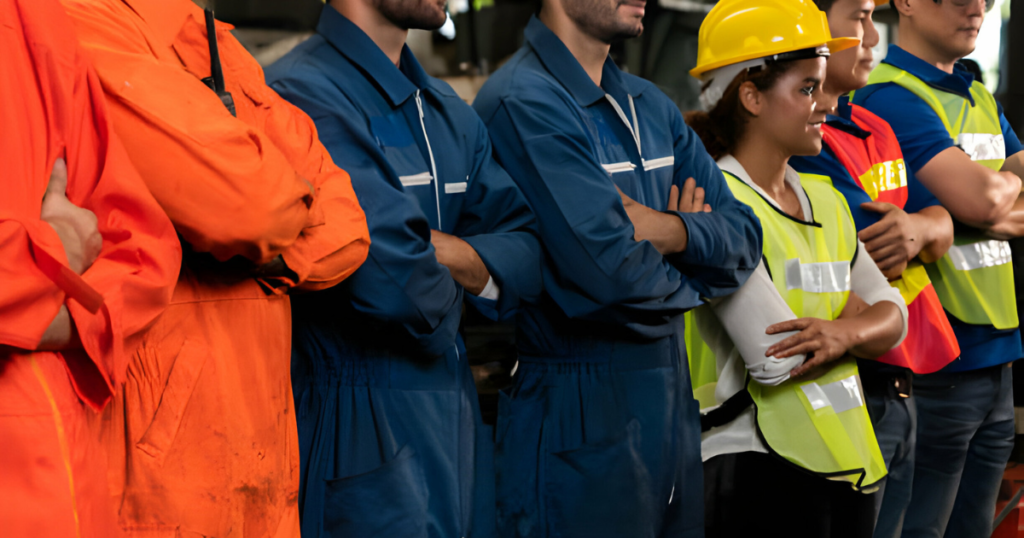Hook: Ever stopped to wonder why a group of people dressed alike instantly commands attention and respect?
Uniforms are ubiquitous, shaping our perceptions from the military to the classroom, from the boardroom to the sports field. But who actually came up with the idea of uniforms? This article aims to delve into the intriguing origins and development of uniforms.
Historical Background
Uniforms are far from a modern concept. Ancient civilizations like the Egyptians, Romans, and Greeks used similar attire to distinguish various groups, whether soldiers or priests. As societies evolved, so did the need for uniforms, making appearances in medieval European guilds and later, during the Renaissance, among scholars and armies.
Military Origins
It’s widely acknowledged that the concept of uniforms became formalized in military organizations. Uniforms served the practical purpose of distinguishing allies from enemies in the heat of battle. Key events, such as the rise of professional armies in the 17th century, brought standardized military attire into focus.
School Uniforms
The idea of school uniforms took root in England in the 16th century, starting as a marker of low social status and eventually becoming a standard. From there, the concept spread globally, sparking ongoing debates about freedom of expression versus the benefits of a unified dress code.

Work Uniforms
Occupational uniforms date back to the 19th century, with railway workers and nurses among the first to adopt them. Uniforms in workplaces emphasize professionalism and sometimes even safety. Trends in work attire continue to evolve, incorporating technology and comfort into designs.
Sports Uniforms
Uniforms in sports originated in the 19th century, designed for practicality and team identification. Over time, sports uniforms have become emblematic of teams’ identities, loaded with historical significance and even superstitions.
Cultural and Religious Uniforms
Beyond the workplace or school, uniforms find their way into our religious and cultural expressions. The attire of monks, priests, and even traditional garments like the Japanese Kimono serve as forms of uniformity that convey a specific identity or belief system.
Psychological Impact
Wearing a uniform has been shown to influence behavior and perceptions of authority. Concepts like the ‘Halo Effect’ show that uniforms can even create biases in our judgments, based on the authority or professionalism we associate with them.
Modern Trends and Innovations
From incorporating smart textiles to personalization within set guidelines, the world of uniforms is far from static. Developments like sustainable materials and custom fits are setting new trends.
The Gender Dynamics of Uniforms
While the primary aim of uniforms is to standardize appearance, they have sometimes been critiqued for reinforcing traditional gender norms. Schools, for example, often require skirts for girls and trousers for boys, sparking debates on inclusivity and gender identity.
The Economic Aspect of Uniforms
Uniforms are not just about uniformity; they are also an industry. From designers to manufacturers to suppliers, the economic implications are vast. Specialized uniforms, like those for healthcare or the military, often require high-quality materials and rigorous manufacturing processes, contributing to a significant economic sector.
Uniforms in Entertainment and Pop Culture
Uniforms often feature prominently in movies, TV shows, and even comic books. Whether it’s the iconic look of a superhero or the stylized attire of a fictional military organization, uniforms help build narrative and define characters in our collective imagination.
Political Implications
Uniforms have also been employed for political means, especially in authoritarian regimes. They often serve to reinforce state authority and may even be designed to intimidate. This darker aspect of uniforms serves as a reminder of their potent symbolic power.

Technological Innovations in Uniforms
In recent years, technological advancements have been incorporated into uniform design. Smart uniforms with built-in GPS or temperature-regulating fabrics are emerging trends, especially in professions that require high levels of physical activity or exposure to extreme conditions.
Emotional and Social Aspects
Uniforms often carry an emotional aspect, particularly in educational settings. Many people cherish their school or college uniforms as symbols of a critical period in their lives. This emotional connection often extends to professional and sports uniforms, representing milestones and achievements.
Conclusion
Uniforms, though often overlooked, hold an irreplaceable role in our societies. From their early roots in ancient civilizations to their modern variations, they serve numerous utilitarian and symbolic functions. As we move forward, the concept of the uniform is likely to continue evolving, but its core principles of unity, identity, and function will remain steadfast.
For more information visit:https://everuniform.com/





